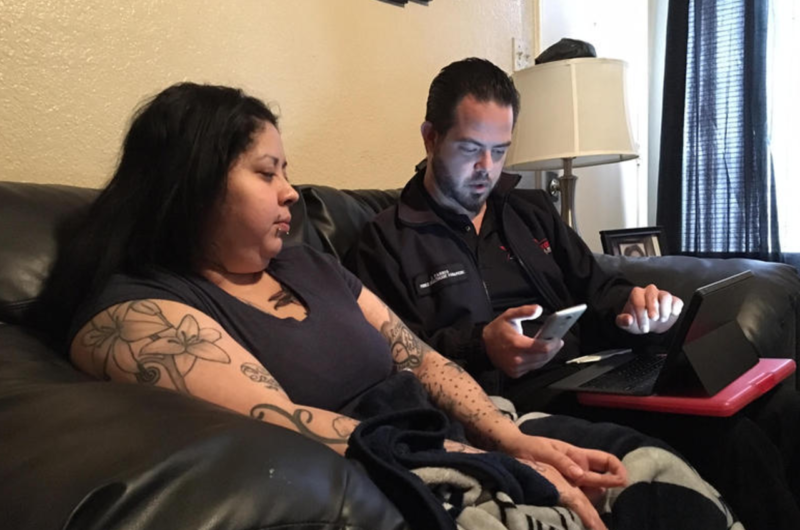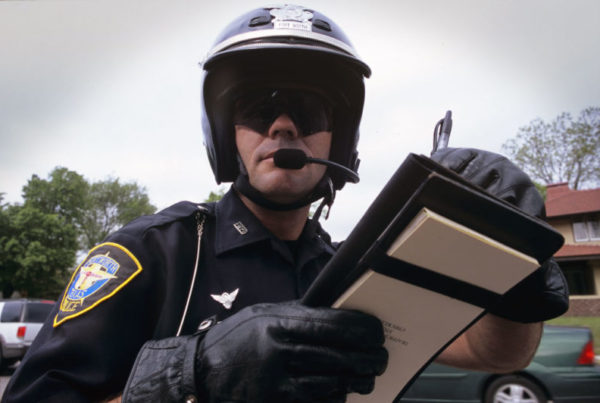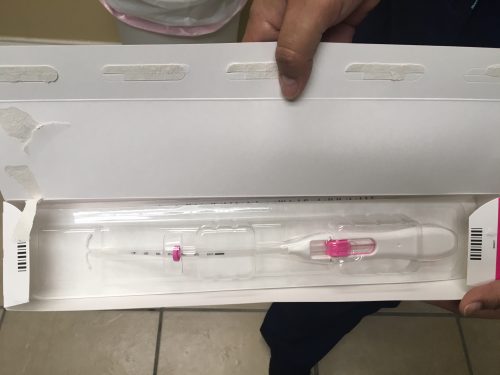From KERA News:
For more than a decade, John Farris traveled through the streets of Fort Worth, working 9-1-1 calls.
“Seeing all the things humans shouldn’t see,” he says.
He couldn’t help but wonder: Could he prevent the 9-1-1 call in the first place?
It’s a question that went against the very business model of Medstar until recently. It’s a question most EMS companies don’t talk about because the more trips to the hospital, the more money the company makes. But it still mattered to Farris. So, sometimes, after stabilizing a patient in the back of the ambulance, he’d try and squeeze in a conversation about nutrition or hydration. He’d be lucky if he got 10 minutes to hear their story and offer advice for staying out of the ER.
Now, he gets a full hour with five patients each day.
Stepping Away From The Ambulance
Farris still works for MedStar. He still carries a bag with a CPR kit and gauze and gloves, but he rides in a four-door sedan, not an ambulance. Farris is what’s called a community paramedic. It’s his job to see the trickiest patients, those who keep landing back in the ER and are re-admitted to the hospital.
Since the Affordable Care Act, the government penalizes hospitals for readmissions. So these patients have the equivalent of scarlet letters on their medical charts because they’re costing hospitals across the country hundreds of millions of dollars. Farris is trying to figure out why they keep returning.
















